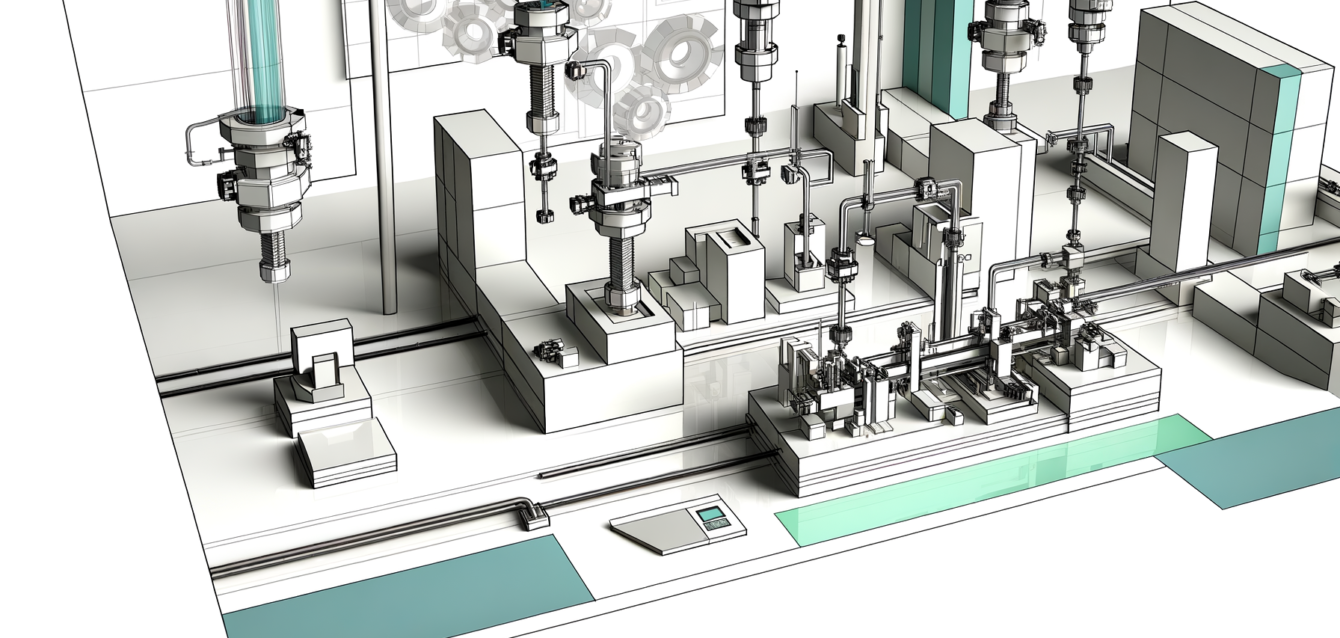Enhancing Collaboration Between Engineering and IT Teams
- Collaboration is essential: Cross-departmental collaboration in companies makes them five times more likely to be high-performing.
- Compliance risks: In regulated industries, poor communication can result in costly recalls and endanger patient safety.
- Key strategies: Clear goals, understanding team dynamics, fostering collaboration, and regular check-ins are vital.
- Utilizing tools: Centralized communication and project management tools can enhance teamwork and clarity.
- Continuous improvement: Regular feedback loops and cross-training ensure sustained successful collaboration.
Table of Contents
- Why This Matters
- Key Strategies for Enhancing Collaboration
- Best Practices and Tools
- Techniques for Success
- Conclusion
Why This Matters
In regulated industries, the stakes are even higher. In Pharma and Biotech, where compliance with stringent regulations is paramount, an oversight due to poor communication could lead to costly recalls or, worse, jeopardize patient safety. Meanwhile, in Food Tech, the precision of engineering meets the innovation of IT at a critical juncture, where any glitch in the process can have significant ramifications. Therefore, fostering collaboration between engineering and IT is not merely an operational enhancement; it’s a vital component of your company’s success and integrity.
Key Strategies for Enhancing Collaboration
Here are several key strategies to foster collaboration between engineering and IT teams:
1. Clarify Goals and Priorities
Clear communication about project goals and priorities helps align engineering and IT teams. When both departments understand and agree on objectives, it minimizes miscommunication and reduces conflicting priorities. This alignment is crucial for maintaining momentum and ensuring everyone is on the same page source.
2. Understand Team Dynamics
Every team operates uniquely, with its own skills, processes, and perspectives. Taking the time to understand these dynamics fosters empathy. It cultivates a smoother interaction, allowing conflicts to be resolved more effectively. The ability to leverage each team’s strengths amplifies productivity and innovation source.
3. Foster a Culture of Collaboration
Creating an environment where collaboration is valued is crucial. Leaders should model collaborative behavior, open dialogue, and shared problem-solving to create a supportive atmosphere. Recognizing team successes, even small ones, goes a long way in building a collaborative culture source.
4. Establish Regular Team Check-ins
Regular check-ins—such as daily stand-ups—keep everyone in the loop about project progress, potential impediments, and changing requirements. These meetings not only foster communication but also surface issues early before they evolve into larger problems source.
5. Share the Rationale Behind Decisions
Transparency in decision-making helps build trust. When team members understand why certain technologies or methodologies are chosen, it creates a broader context for their tasks, enhancing their engagement and commitment to project goals source.
Best Practices and Tools
Once you’ve established strategies, implement the following best practices and utilize tools that can enhance collaboration:
Open Communication and Documentation
Utilizing centralized communication platforms like Slack or Microsoft Teams can enable real-time discussions that are transparent and accessible. Comprehensive documentation, stored in platforms such as Confluence or Google Docs, ensures that knowledge is captured and always available source.
Code Reviews and Pair Programming
Regular code reviews are instrumental in providing ongoing feedback and reinforcing best practices. Additionally, pair programming allows team members to share their knowledge, fostering a culture of learning and collaboration source.
Agile Methodologies
Implementing Agile methodologies can greatly enhance flexibility and adaptability. By breaking projects into smaller tasks, teams can collaborate more effectively through iterative progress, ensuring that they can quickly pivot in response to feedback or changes source.
Project and Task Management Tools
Tools like Trello, Jira, or PlanRadar help teams manage workloads and visualize the progress of various tasks, leading to increased clarity and accountability source.
Version Control and Collaborative Platforms
Utilizing version control systems such as Git alongside collaborative design tools (like CAD, MATLAB, or Jupyter Notebooks) ensures that multiple team members can work concurrently without stepping on each other’s toes source.
Cloud-Based Data Sharing
Cloud platforms such as Google Drive or Dropbox can enhance collaboration by allowing teams to share data and resources seamlessly, effectively reducing roadblocks to information access source.
Techniques for Success
Implementing strategies isn’t enough—maintaining them is crucial. Here are some techniques to ensure sustained collaboration:
- Build Regular Feedback Loops: Fast feedback mechanisms, from code reviews to retrospective meetings, encourage continuous improvement and adaptiveness source.
- Integrate Software and Systems: Find tools that can connect different platforms, ensuring a seamless data flow across departments source.
- Centralize Information: Keep all key documents, conversations, and project updates in a single, easily retrievable location to avoid silos source.
- Encourage Cross-Training: Team members who have a working knowledge of both engineering and IT can act as liaisons, bridging gaps that often lead to collaboration breakdowns source.
Conclusion
Enhancing collaboration between engineering and IT teams is not merely an operational strategy; it’s a method to improve efficiency, reduce errors, and produce higher-quality deliverables in regulated industries. By employing clear communication, shared goals, supportive cultures, regular alignment meetings, and modern collaborative tools, organizations can foster an environment ripe for innovation and success. In a world where collaboration can be the differentiating factor between mediocrity and excellence, are you ready to invest in these essential practices?
For further insights or assistance in optimizing your processes, feel free to explore QPS Engineering’s services or connect with our team via LinkedIn here.







